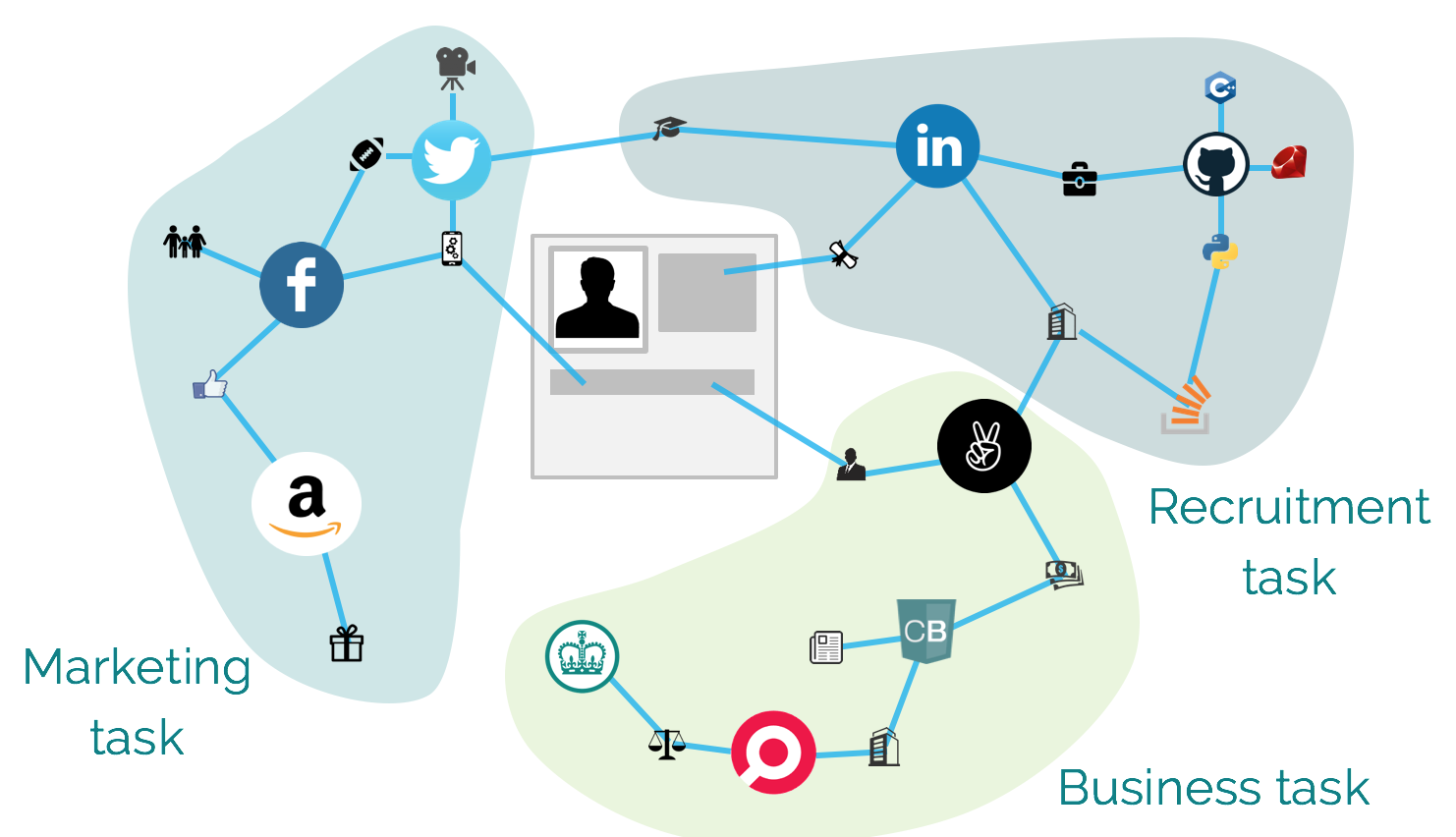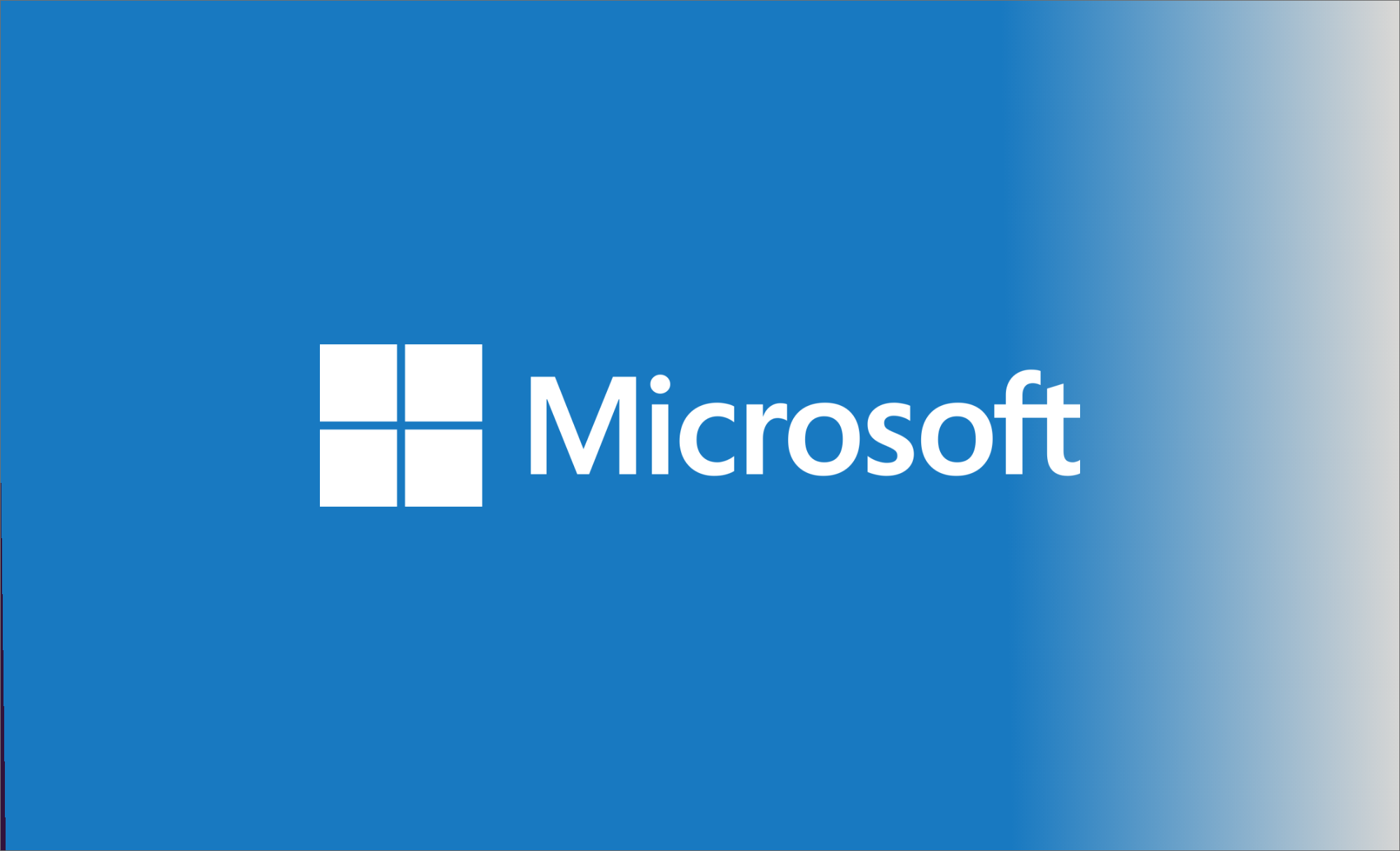And with that, Microsoft announced once of the most important acquisitions in their history, made even more remarkable by the fact that it’s been kept quiet for what undoubtedly must have been many months. A revelation that still has those in business and tech wrapping their brains around the potential implications. But what impact will this have on the billions of us who use Microsoft products as part of our everyday working lives?
To begin to address this, you first need to appreciate that this is likely the largest merger of information in history. On Microsoft’s side you’ve got data from Office, Windows, Sharepoint, Dynamics, Exchange, Bing, XBox, Skype and so on. Now add to that the world’s largest professional social network, 18 million presentations on Slideshare, 4600 online courses from Lynda and who can forget the treasure trove of aggregated social information acquired along with Connectifier a few short months ago (which in hindsight looks somewhat strategic). Combined, you end up with one of the most valuable data collections in the world (although untangling all of the legal and privacy issues will prove to be an interesting challenge).

Nonetheless, the intended use of this data is clear. In Satya Nadella’s memo to staff yesterday he described his goal to “reinvent productivity and business processes”. This will be achieved by allowing this data to start bleeding into Microsoft products and services, for instance, he described users “walking into a meeting and getting a snapshot of each person in the meeting based on their LinkedIn profile”. Expect other social integrations into Outlook, Skype and Edge, with SlideShare no doubt incorporated into Office 365 and Lynda courses used as a corporate training tool. Conversely, your Microsoft digital footprint will be used to create “a LinkedIn newsfeed that serves up articles based on the project you are working on”.
In my opinion, the two technologies that will be impacted the most are Microsoft Dynamics and Cortana. With the former, Microsoft are strengthening their position against the likes of Salesforce. On the other hand, Cortana will be Microsoft’s contender against the ever-increasing myriad of chatbots and AI assistants (including Google’s Allo and Siri-like Viv), except now privy to your professional network along with your Bing searches and use of Office 365.
“In essence, we can reinvent ways to make professionals more productive”
All of this leads to a better connected, more useful suite of professional tools. Each stage in your Microsoft-centric workflow will be enhanced by useful data that helps you achieve your goals more efficiently. With this acquisition, Microsoft are showing that the future of productivity looks like an integration of professional solutions that consume data from multiple sources.
Which is hugely exciting to me and my team at Context Scout. Microsoft’s move in this direction is affirmation of the mission of the company, to augment the workflows of professionals by automatically searching for information from the web that helps them complete their tasks. Except unlike Microsoft, we intend to be more like a web search service by making use of any information available online.

For instance, consider the workflow of a technical recruiter or hiring manager, for whom the sourcing of high quality information about a job candidate is considered a trade skill. Sure, LinkedIn is a great starting point, but professionals know that they need to use Twitter to learn about a candidate’s interests, GitHub and StackOverflow to get some validation of skills, Glassdoor to estimate an expected salary, and all of the Boolean search tricks needed to find this information. And where is this information most useful? Back on the original LinkedIn page of course.
The Context Scout Chrome extension has already automated the described workflow. By injecting relevant information from different sources on the web onto the platform on which a task is being performed, productivity increases. Ours is a bottom-up approach, we intend to grow by task, then by sector and finally by personalising to each individual professional. Through our API service (now publicly available, contact us to find out more), integration will occur on whatever platform makes most sense for the task: webpage augmentation via the Chrome extension, a Slack-bot, email plug-in and so on. We will learn from our users which workflows work and which don’t. We’ll connect to any source of information, whether freely available on the web, or in partnership with closed sources.
We recognise that we’re moving to a web where information is increasingly available via API and can move freely from service to service. Where search occurs in the background while you get on with your task and results are communicated through natural language or whatever form is appropriate. Any visit to a search engine will be a failure on the part of your productivity assistant to find the right information for you in advance. Those 10 blue links will increasingly remain blue.
This acquisition heralds Microsoft’s first steps into cross-platform, data-driven tooling, the future of productivity and the future work environment. We at Context Scout believe that along this path also lies the future of search.
